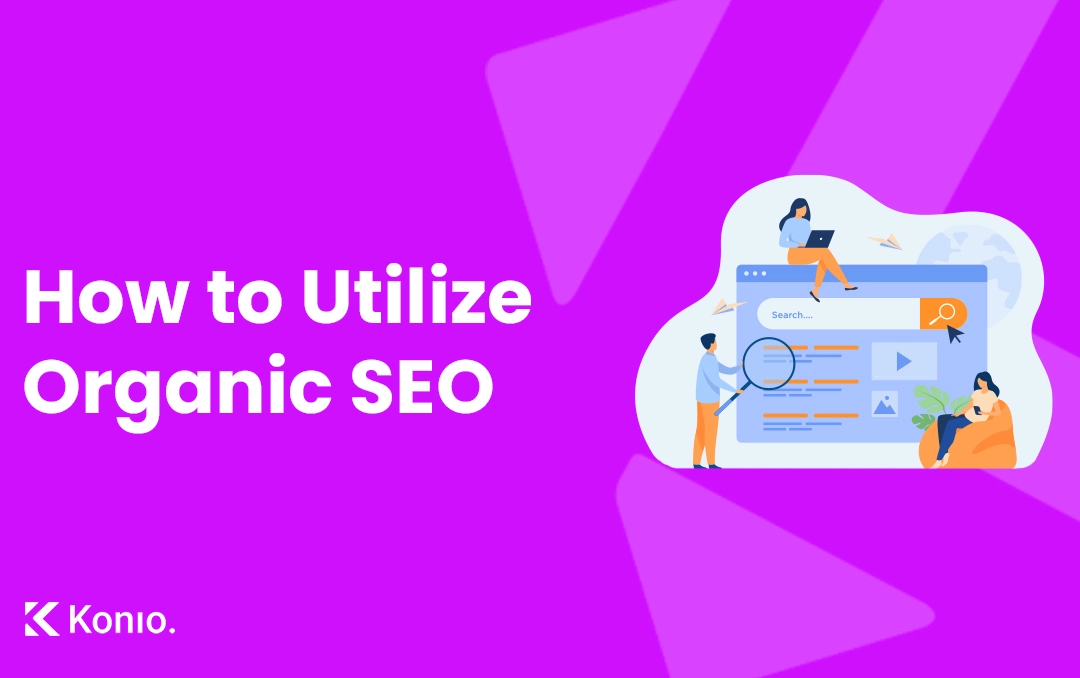If you have experience in creating WordPress websites and want to earn some extra money, freelancing can be a great way to get started. Freelancing offers flexibility and the freedom to work from anywhere, anytime. Take these simple steps to start your freelancing and make it a career.
Step 1: Build Your WordPress Website
Before you start freelancing, it’s essential to be proficient with WordPress. If your skills need improvement, dedicate time to mastering them. Once confident, build your own WordPress website. This site will showcase your abilities and serve as a portfolio for prospective clients.
- Ensure your website is optimized for both speed and SEO to impress potential clients.
- Master the basics of WordPress by working on personal or experimental projects.
- Create a visually appealing website that reflects your personal brand and skills.
Step 2: Determine Your Niche
While it’s possible to work on any type of WordPress website, it’s better to specialize in a specific niche. This will help you stand out from other freelancers and make it easier to market yourself. Some popular niches include e-commerce, blogging, and corporate websites.
- Identify a niche you are passionate about and where you can add the most value.
- Research the demand for your chosen niche to ensure there is a market.
- Consider niches like membership sites, online courses, or portfolio websites.
Step 3: Build Your Network
Building a network is crucial for freelancers. Reach out to people in your niche and build relationships. You can use social media platforms like LinkedIn, Twitter, and Facebook to connect with potential clients. Attend local meetups or conferences to network with other freelancers and potential clients.
- Engage with industry-specific groups on LinkedIn and Facebook.
- Attend virtual or in-person events relevant to your niche.
- Reach out to other professionals in your field for collaboration opportunities.
Step 4: Set Your Prices
Decide how much you want to charge for your services. Research the rates of other freelancers in your niche to get an idea of what’s reasonable. It’s important to charge enough to make a living, but not so much that you scare away potential clients.
Step 5: Create A Portfolio
Your portfolio should showcase your best work. Include screenshots and descriptions of the WordPress websites you’ve built. If possible, include testimonials from clients. Make sure your portfolio is easy to navigate and looks professional. With Konio it’s super easy to create a portfolio and we offer a ton of customization options.
Step 6: Market Yourself
To find clients, you need to market yourself. Use your network and social media to promote your services. Consider creating a blog where you can share your knowledge and expertise in WordPress. Offer free consultations to potential clients to demonstrate your value.
Step 7: Manage Your Business
As a freelancer, you’re responsible for managing your own business. This includes invoicing clients, managing your finances, and keeping track of your projects. Consider using tools like Freshbooks, Quickbooks, or Xero to help you manage your business.
< Wrapping Up />
Freelancing with WordPress websites can be a lucrative career if done right. By building your skills, specializing in a niche, building your network, setting your prices, creating a portfolio, marketing yourself, and managing your business, you can create a successful freelancing career.




